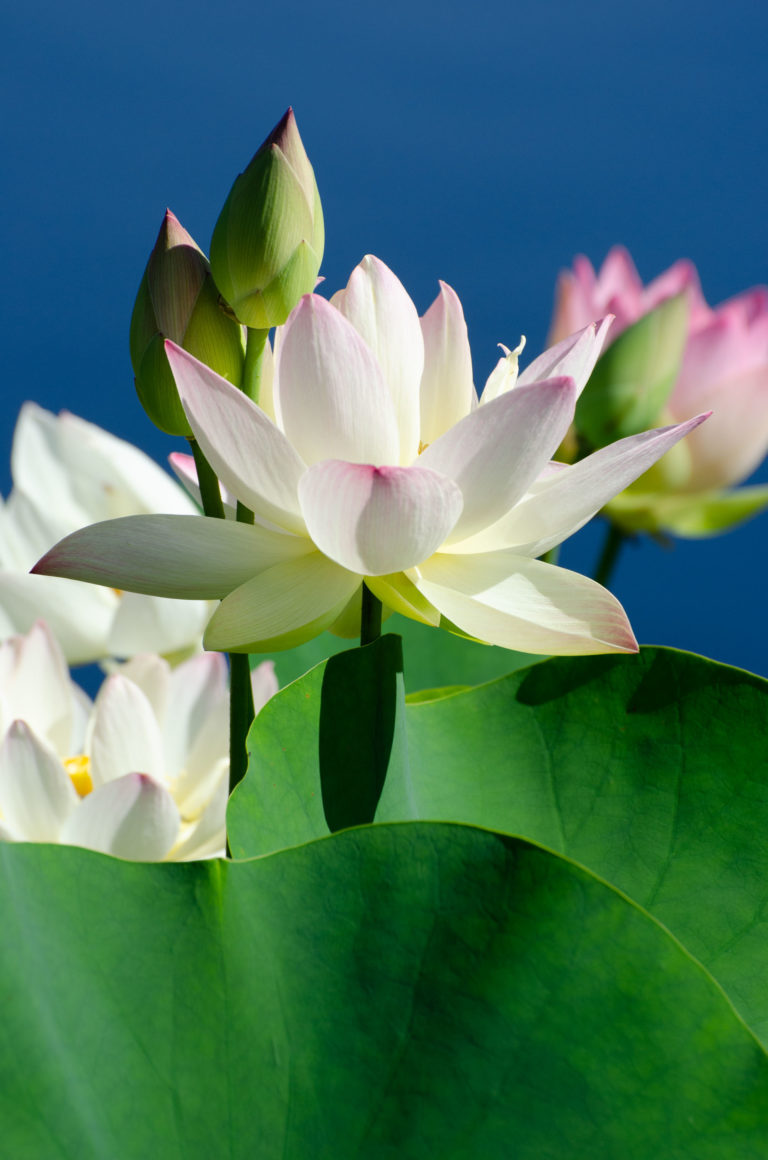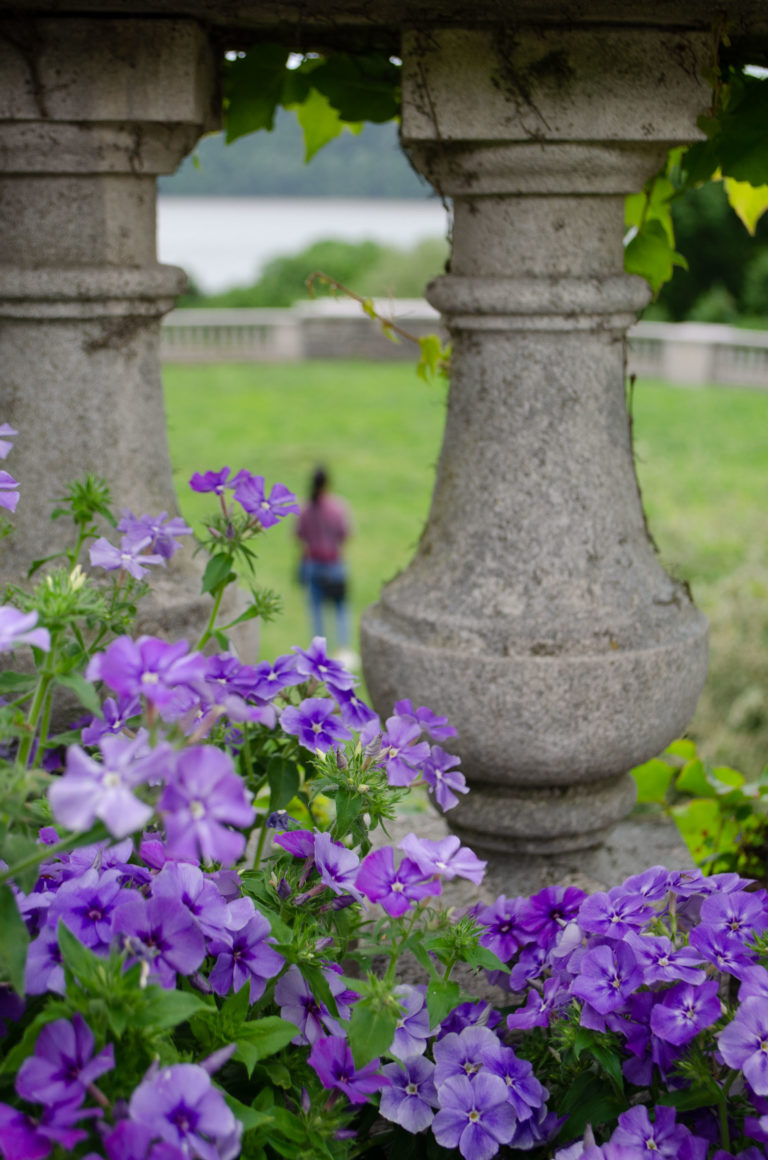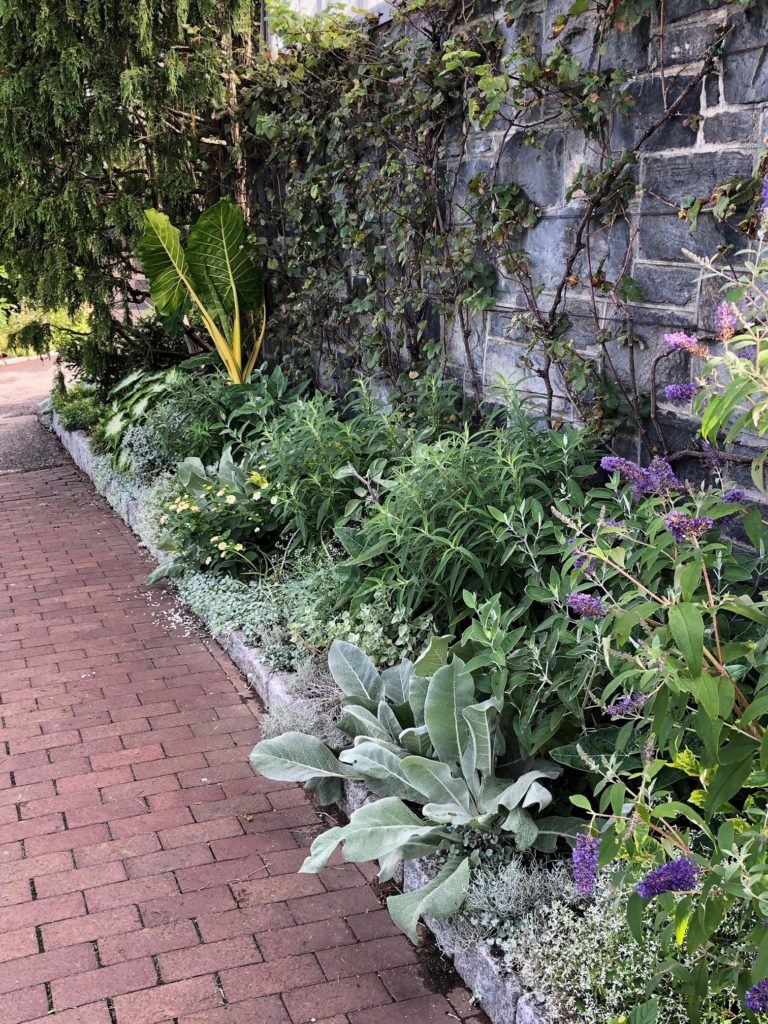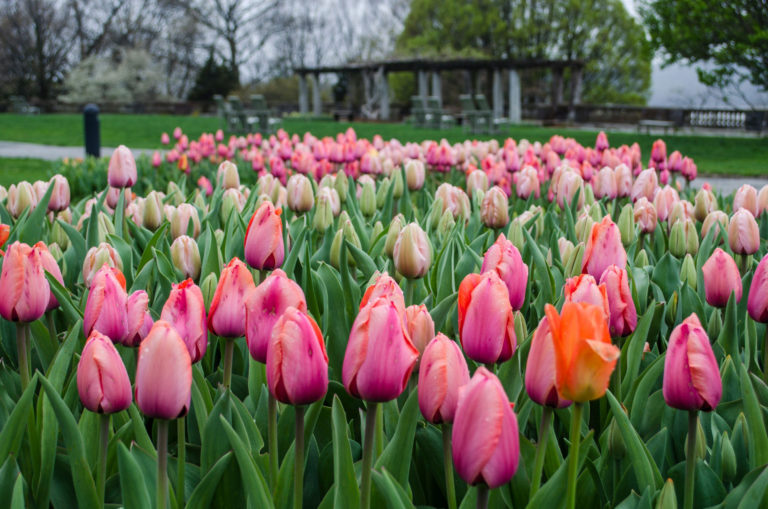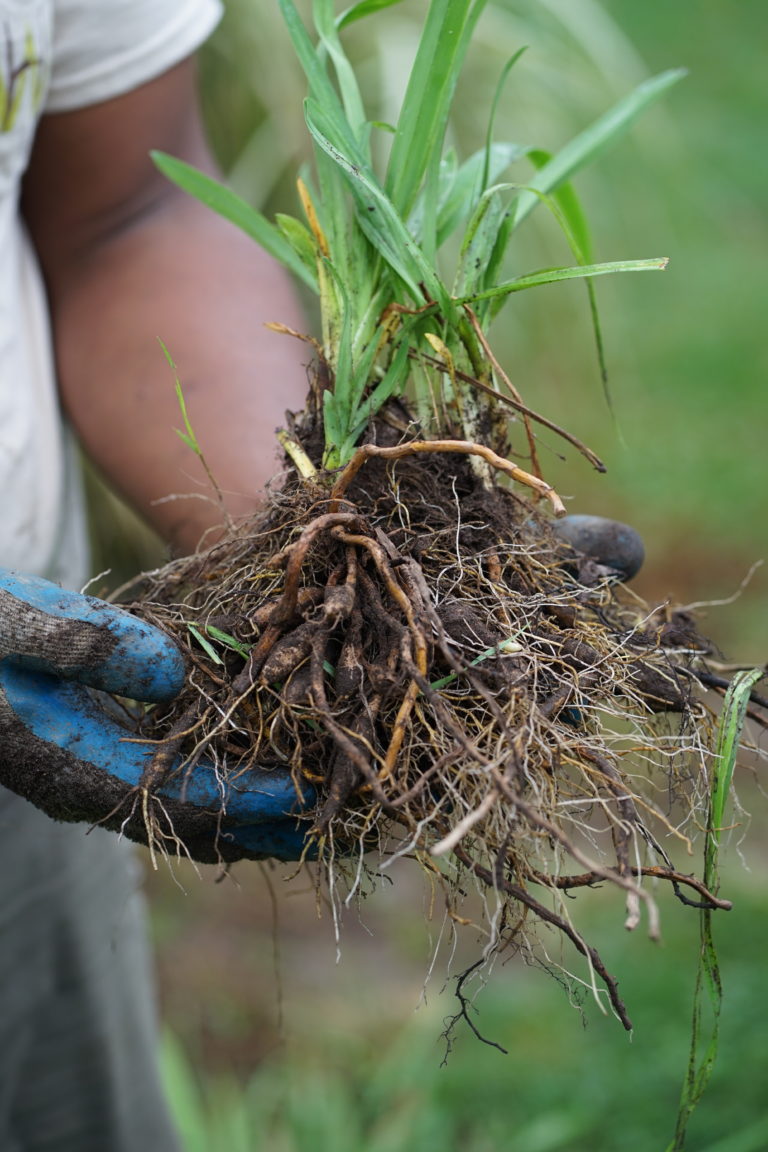
Overwintering--Demystifying Dormancy
November 6, 2020One of the features of Nature into Art: The Gardens of Wave Hill, published in 2019, is the way it brings forward the role of individual Wave Hill gardeners on staff, interweaving it with practical, down-to-earth fundamentals—how to create a potting mixture or an alpine trough—to build what author Tom Christopher calls “institutional craft.” Christopher Bivens, a Nally Intern in 2017 and a staff gardener since then, is a fine example of just that combination.
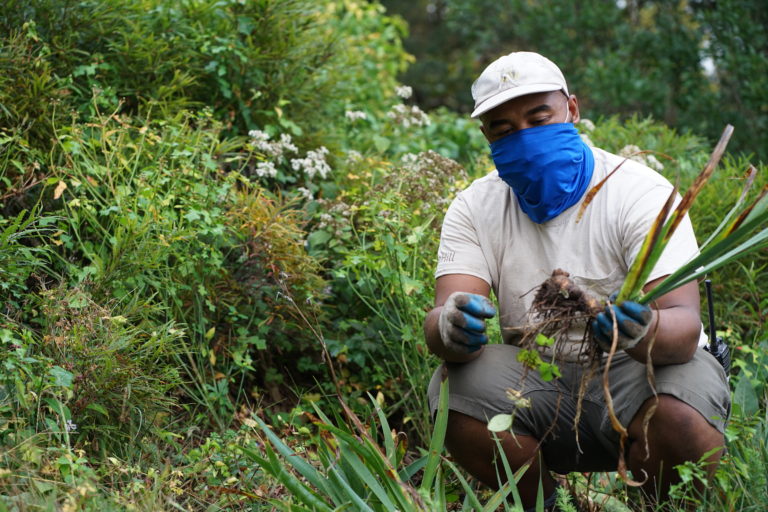
Last February, he led a tour of Wave Hill’s growing and propagation areas; late last month, he offered a workshop focused on techniques used to overwinter plants. These sold-out “lessons” bring visitors closer to the life of the garden, especially when they focus on winter, a season that to the unpracticed eye can seem rather empty of interest, indoors and out.
“Plants have evolved over thousands of years to be able to withstand and survive environmental stresses, whether from heavy predation, extreme droughts or long harsh winters,” explains Bivens. One strategy that is a result of this evolution is dormancy. Plants shut down energy-use as winter approaches, storing sugars in a variety of root systems, like tubers, rhizomes and bulbs. This is the moment when the gardener has an opportunity to step in to protect tender plants not likely to survive outdoors in our harsh winter climate.
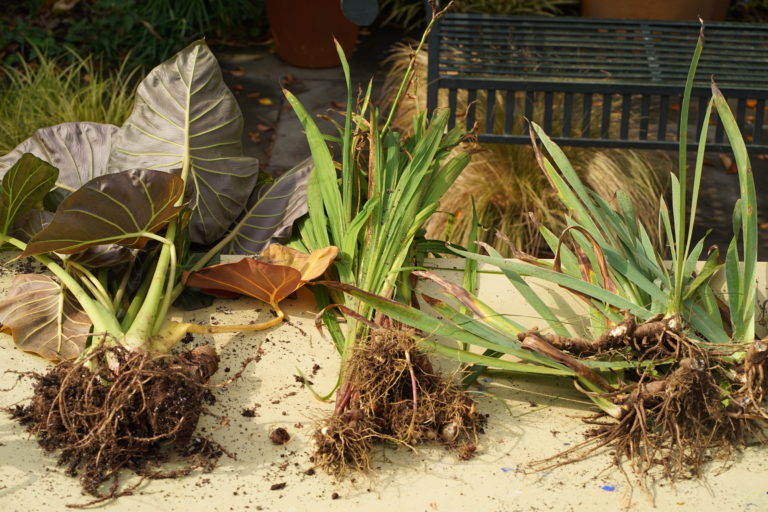
Bivens’s overwintering walk and workshop circled around the garden. Moving south from the Perkins Visitor Center and passing by Glyndor Gallery to take in the bright, fall color of the tupelo, or sour gum, tree, he introduced the idea of dormancy, as well as bulb, corm and tuber storage systems.
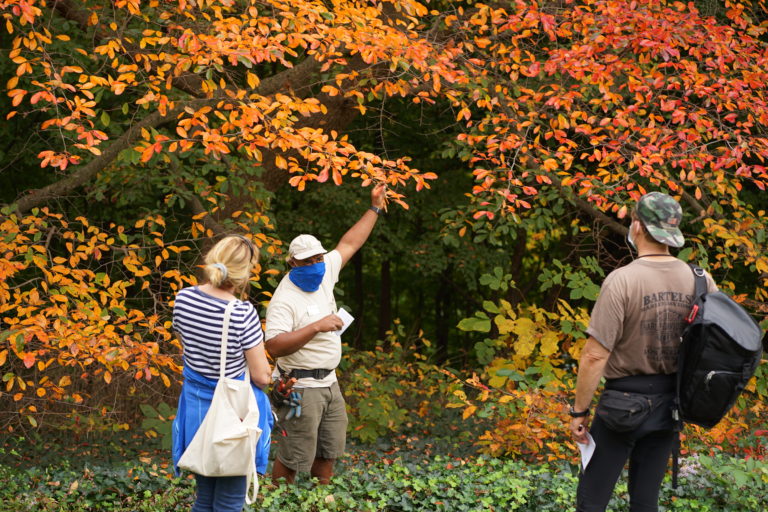
A stop indoors in the Glyndor Gallery’s Sun Porch showed off a space that is a favorite of overwintering plants. From there, they headed back across the gardens, keeping a running discussion going of storage options and storage mediums as they went. Arrived at the Monocot Garden, timing, temperature and tools were key subjects, along with demonstrations of cutting back, using Colosasia esculenta as test subject, and then demonstrating how to dig up potential overwinterers, using potatoes, iris and elephant ear.
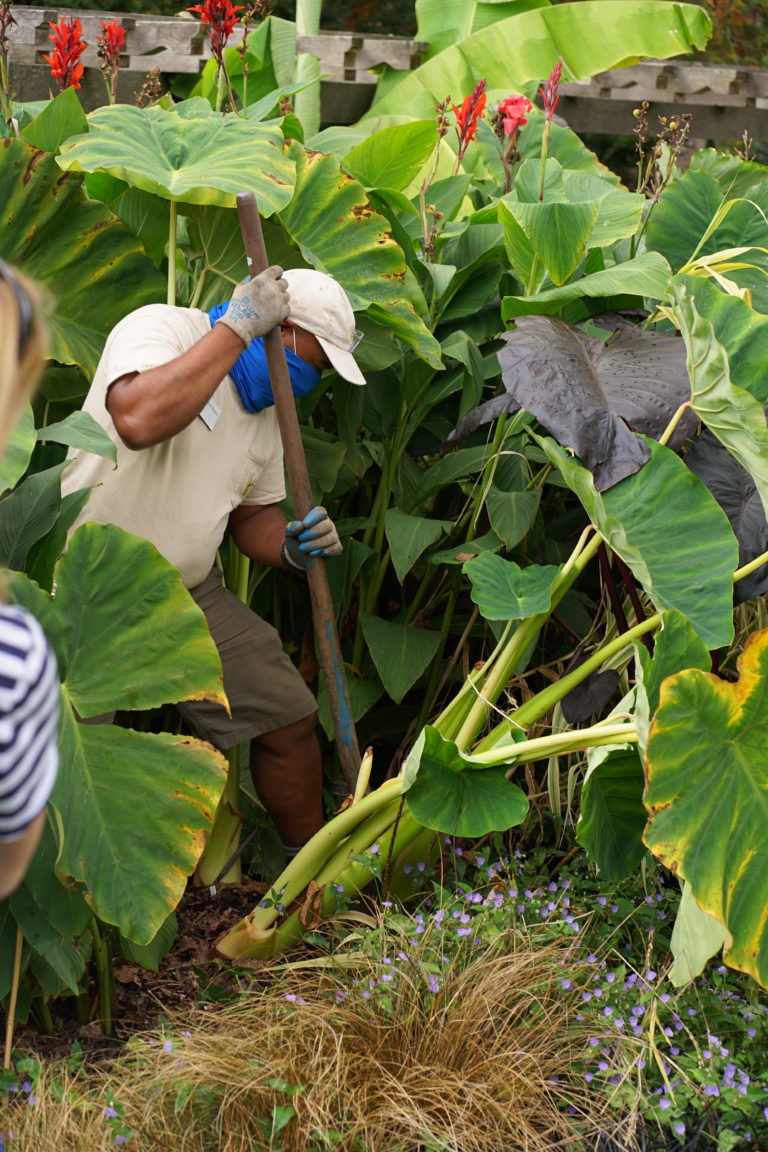
Through it all, the conversation was peppered with tips, ranging from where to overwinter—--anywhere that is dark, dry and cool—and what materials to use to store your plants (try peat moss, wood shavings, newspaper and more) to how much to water plants during dormancy—they’re sleeping, not drinking!—and when to move them inside. (Think first freeze.) He also advises periodic checks to observe moisture levels and for evidence of rot in your stored roots. In the end, cautions Bivens, “experience is the best teacher!”
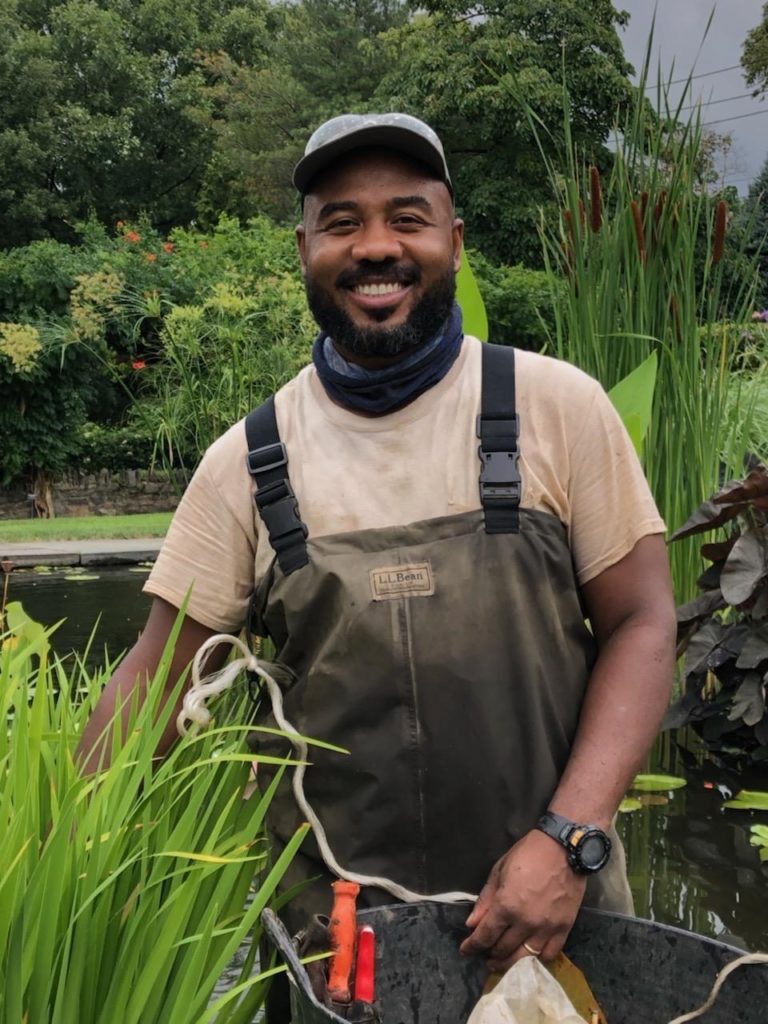
This kind of workshop, engaging mind with all the senses, offers a close-up experience of the wonderful building of institutional craft that is a hallmark of the garden—and so generously helps build the confidence of any participant drawn to the tending of green spaces. It’s also a regular feature of Wave Hill’s horticulture programs. Stay tuned for more!
